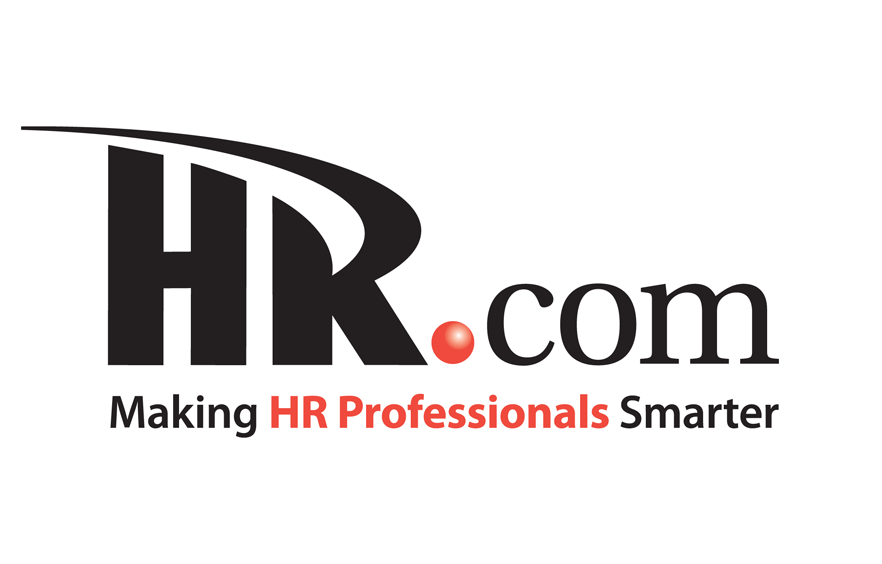One of employee relations’ biggest challenges is workplace harassment and misconduct. This year, HR Acuity conducted a survey that reveals important realities about this subject. The report, 2023 Workplace Harassment and Misconduct Insights, shares just how much employee trust in ER teams and their processes impacts everything. Not only does the level of trust impact how likely employees are to report issues, it also impacts whether or not they stay with an organization and refer people within their networks to work there.
I found that the research confirms much of what we already know – it just brings it into sharper focus. We know toxic cultures destroy trust and drive good people away. Left unchecked, these environments feed a vicious cycle, employees lose faith in the process and eventually just stop reporting. Our data shows that half of employees experienced or witnessed incidents of workplace harassment or misconduct in 2023. Yet only 58% of those incidents were reported – down from 64% in 2019. Why the drop in reporting? The top reasons employees cited for not reporting issues include being uncomfortable reporting, skepticism about how HR would handle issues, concerns of not being taken seriously and fears of retaliation. Sadly, our data shows that 89% of unreported issues become unresolved issues, which drive more toxicity.
Employee Relations, we have a trust problem.
While most organizations have an established process that employees are aware of, nearly half (40%) of respondents lack confidence that reported concerns will be thoroughly investigated and addressed fairly. Even worse, almost half actually fear retaliation for reporting workplace concerns. This signals a general lack of trust that is damaging employment brands, lowering employee retention and deterring employment referrals.
Surprising to no one, employees who experience inappropriate, unethical and illegal behaviors are more likely to leave their jobs. In fact, more than half (57%) of employees who left the organization indicated that the harassment or misconduct issue was the reason they left, or at least a factor in their decision to leave. Unfortunately, the damage doesn’t stop with that employee’s experience; disenchanted employees don’t recommend their employer to others.
This is avoidable. When issues of harassment and misconduct are reported, investigated and resolved, the employment referral rate jumped from 22% to 56%! That rate exceeds the rate for employees who never experienced an issue at all; a clear sign that ER can at least reduce the damage caused to the employment brand by properly handling investigations.
This year’s report also underscores the fact that it’s not enough to simply offer anonymous reporting tools and hope employees trust the process. While some 91% of organizations with 1,000 or more employees claim to offer an anonymous reporting tool, only 60% of employees at organizations of this size believed their organization offers a way to report workplace concerns anonymously. This demonstrates that there is a clear gap in employee awareness regarding these tools, so it’s critical that organizations share what is available.
The only way to solve this is to address the real concerns head-on.
Employee relations are failing to help organizations live up to the culture that will ultimately help them succeed as an organization with their customers and stakeholders. ER needs to ensure that employees are aware of the methods for reporting workplace issues – and trust the investigations process. Anonymity is critical for organizations to have insight into harassment and misconduct, as many employees may not come forward otherwise. Nearly two-thirds of employees who chose not to report issues cited guaranteed anonymity as the most significant factor that would motivate them to come forward.
Finally, the findings uncovered the importance of preparing for experiences that are unique with respect to different segments of the workforce. For example, independent contractors and transgender employees report experiencing significantly higher levels of workplace harassment and misconduct. In fact, transgender employees were the most likely group to have experienced or witnessed an issue (83%), compared to half of all employees, and were less confident and aware of the processes for reporting and addressing harassment and misconduct. While these groups may be small, this indicates a trend ER teams need to be aware of and adapt for reporting needs, investigation communications, aftercare and the process in general.
I invite you to dive into this year’s research and use it to audit your employee relations processes. Now is the time to commit to improvements in transparency that will make your process more consistently thorough, fair and trusted. You can find that research here: https://www.hracuity.com/workplace-harassment-and-employee-misconduct-insights/
